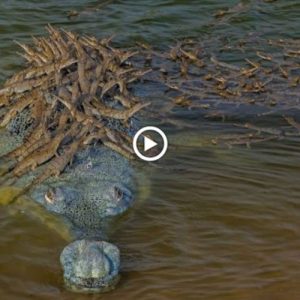When is a black bear not a black bear? When it’s white. In a surprising and rare sighting, a five-month-old black bear cub with cream-colored fur has been spotted on a mountain in British Columbia, playing alongside its mother.
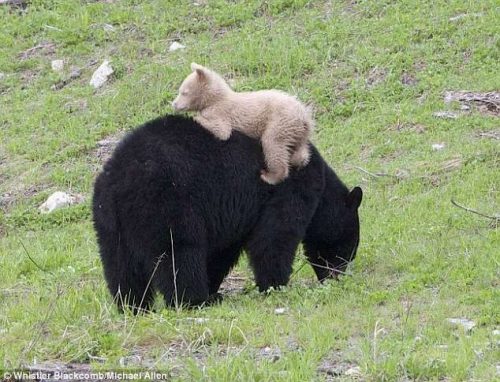
The Unusual Encounter:
The sighting of the cream-colored bear cub occurred on Whistler-Blackcomb mountain, where it was observed engaging in playful activities with its mother. The adorable young bear became the subject of photographs taken by Arthur De Jong, an environmental planning manager, capturing the curiosity and wonder of those who witnessed it.
An Enigma of Color:
One of the central mysteries surrounding this young bear is the origin of its light-colored coat. While some speculate that it might be an albino bear, experts need to examine the cub’s eyes for pink or blue pigmentation to confirm this theory. Another possibility is that it belongs to the rare Kermode bear, often referred to as the ‘spirit bear,’ which is a white variant of the North American black bear found in Canada.
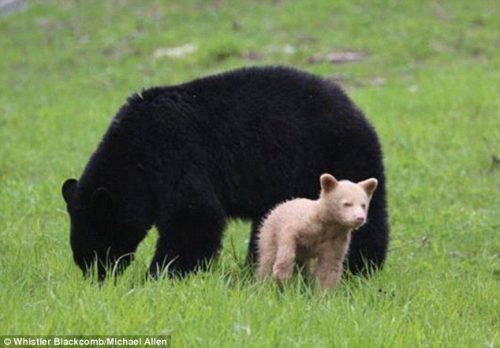
Unveiling the Truth:
Biologists hope to closely examine the cub’s eyes as the presence of pink or blue coloration would provide definitive evidence of albinism. Arthur De Jong described the cub’s fur as having a caramel, light, and somewhat brownish hue, indicating that it might be the result of recessive genes from both parents.
Challenges Ahead:
Sadly, the cream-colored cub faces significant challenges in its young life. There is a 50 percent chance it may not survive its first year, and it could even be at risk of harm from its own father. During the mating season, male bears sometimes kill cubs to influence the mother’s movements. Cubs typically follow their mothers for one or two years, during which she refrains from mating.
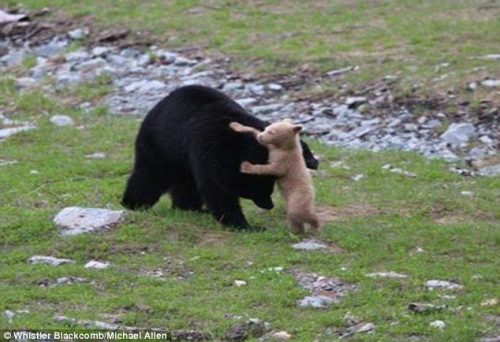
A Rare Phenomenon:
Whistler bear expert Michael Allen, who has been observing bears in the area for 23 years, noted that the cream-colored cub is the first of its kind he has seen in the region.
While he has encountered cubs with various fur colors, ranging from black to blonde due to summer coat bleaching, this cub’s nearly white pelage is an unprecedented find in the local bear population.
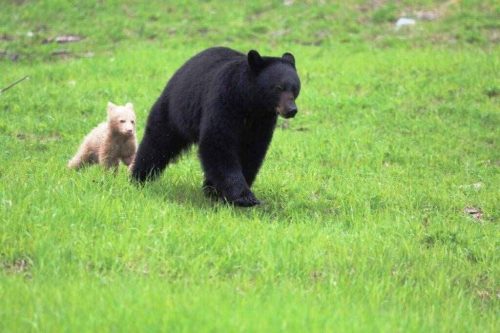
Conclusion:
The discovery of a cream-colored bear cub in British Columbia has not only ignited the curiosity of scientists but also captivated the hearts of those who appreciate the wonders of nature.
As experts continue to study this unique bear, they hope to unravel the mysteries of its rare coat coloration and better understand the challenges it faces in the wild.





